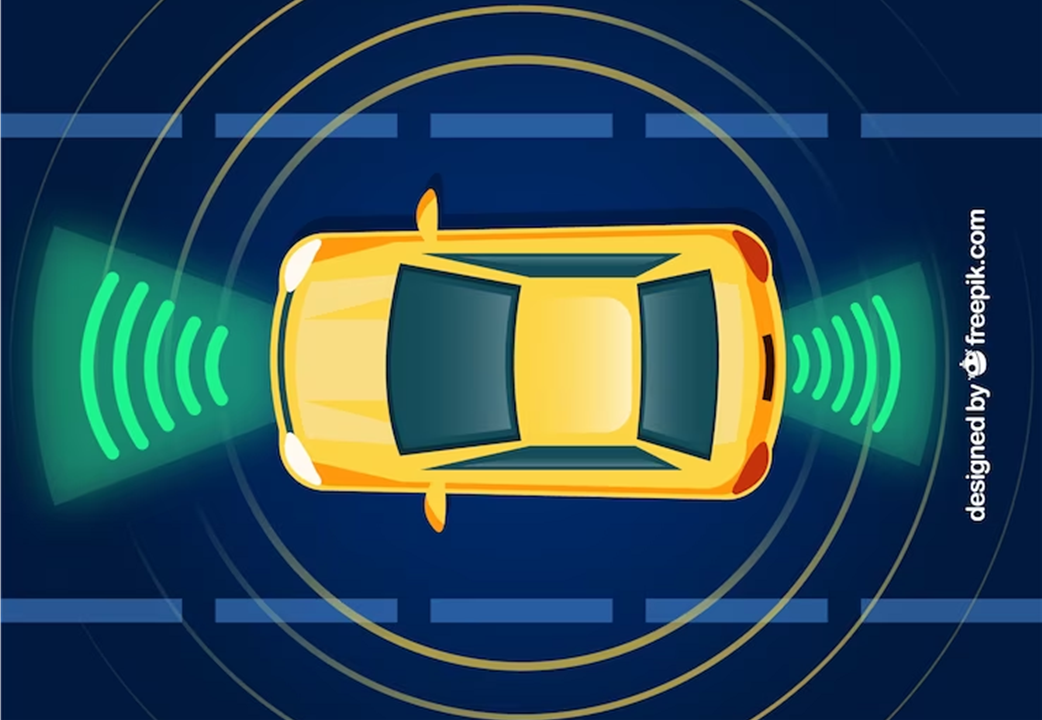Enabling individuals or groups of people to move independently has been a major achievement that has changed human life for the better. Motor vehicles, however, have created a number of negative consequences such as, accidents causing damages, injuries, and deaths; congestion on the roads, millions of cars carrying a single person for a couple of ours and then staying, unused; air pollution, worsening of urban environments, etc.
Connected autonomous vehicles (CAV) have the potential to eliminate human error replacing it with a rate of machine errors orders of magnitude lower, optimise use of vehicles and infrastructure, give more time to human brains for rewarding activities, optimise traffic management, reduce congestion and pollution, help the elderly or disabled people to have a better life, and more.
Much has been happening since the first 1939 attempt at creating an autonomous vehicle. Today CAVs are technically feasible, and prototypes are driving on public roads and streets. The Society of Automotive Engineers in the USA has published a classification of autonomous vehicles based on levels.
Should we just wait for the industry to produce higher SAE-Level vehicles until one day we will only see CAVs around us? This is an option, but not necessarily the one that will let us reach the CAV holy grail in the most efficient and timely way.
Some 35 years ago, most public authorities, “owners” of their countries’ VHF and UHF bands, realised that digital television would allow them to keep their cherished terrestrial television service while getting a “digital dividend” in the form of VHF and UHF slots and re-assign them to other purposes. Especially in the United States, digital television was a national goal and steps were made to implement it. Some enlightened people understood the value of a global digital television standard (MPEG-2) and thing simply “happened”, not just for terrestrial, but also for ratellite and cable television, and packaged media as well.
Of course, cars are not television sets, but the game-changing role of standards can be the same. Standards can convert today’s niche market of CAVs (if we can call it a “market”) into a mass market. It can accelerate the availability of technology, promote competition, yield better and cheaper products, assuage consumer concerns, and provide tools for regulation.
Artificial Intelligence (AI) is the technology that can provide the solutions we need. MPAI can provide AI-based standards that are explainable.
MPAI intends to publish a standard called Connected Autonomous Vehicle (MPAI-CAV) – Architecture. This will enable component manufacturers to put their standard components on the market and car manufacturers to access an open global market of components with standard functions and interfaces that can be tested for conformance using standard procedures.
Register for one of the two online presentations on July/26 at 8 UTC and 15 UTC or read an overview of MPAI-CAV – Architecture.


